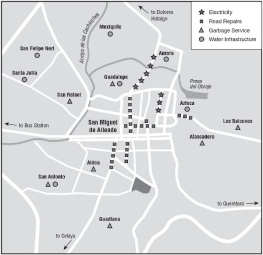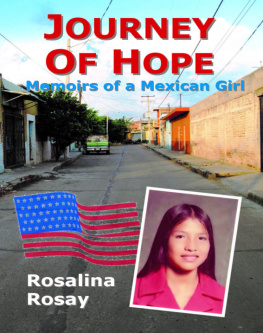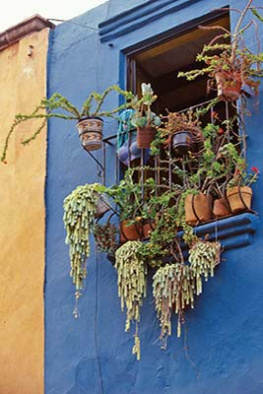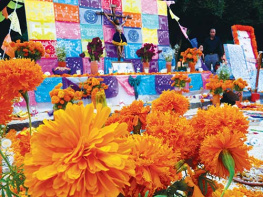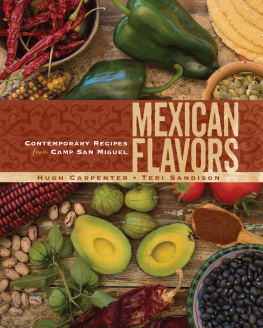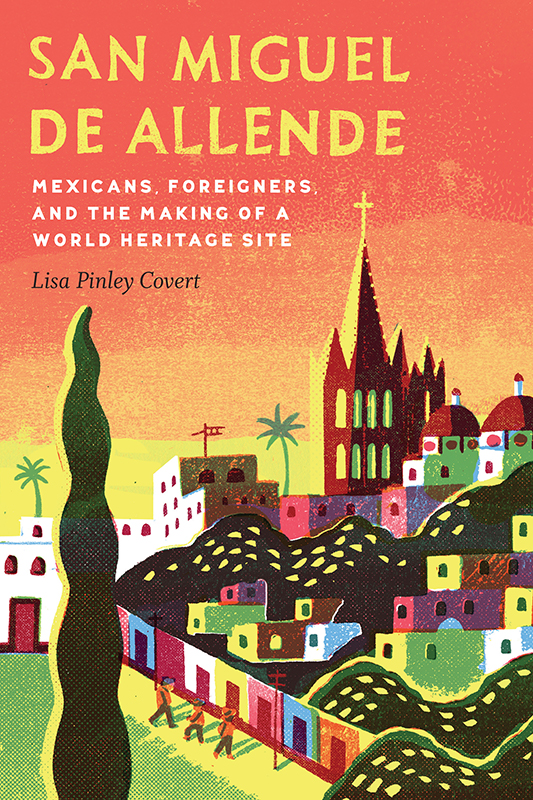This project has been a piece of me for almost my entire adult life, and I could never adequately thank all of the people and institutions that offered intellectual, financial, and emotional support along the way. I humbly wish to acknowledge some of their efforts here.
The seed that became this book was first planted during the McNair Scholars Summer Research Program at California State University, Long Beach. This program truly changed my life, and it breaks my heart to know that in this era of austerity future generations will not have the same opportunities that I did. Numerous colleagues, faculty members, and staff at CSULB helped me transform this project from an idea into my honors undergraduate thesis, and I especially want to thank Pat Cleary and Jim Green for their time and guidance. Around seminar tables and over coffee, colleagues and faculty members at Yale shared insights and criticisms that shaped my ideas and analysis in so many ways that I surely no longer remember or recognize them all. I am deeply indebted to Gil Joseph, Patricia Pessar, and Seth Fein for the years of support they generously provided. I regret that Patricia will not be able to see the imprints she left on this project and on my life. I am a better scholar and writer thanks to their questions, comments, and words of wisdom, and I strive to follow their example as a mentor and colleague. Adam Arenson, Gerry Cadava, Sarah Cameron, Amanda Ciafone, Catherine Dunlop, Lillian Guerra, Julia Irwin, Yedida Kanfer, Eden Knudsen, Carmen Kordick, Diana Lemberg, Jana Lipman, Rebecca McKenna, April Merleaux, Laura Robson, Theresa Runstedtler, Stuart Schwartz, Tatiana Seijas, Lisa Ubelaker Andrade, Kate Unterman, Jenifer Van Vleck, Louise Walker, and Kirsten Weld all dedicated precious time out of their own busy schedules to reading and commenting on (some very rough) chapter drafts, in addition to providing their friendship and encouragement. Jonathan Hudson and Angela Pulley Hudson, Kate Reed Hauenstein and Michael Hauenstein, and Ashley Riley Sousa and John Sousa truly made New Haven feel like home.
Many friends and colleagues assisted in the heavy lifting that was required to transform my dissertation into a book. My colleagues at Southern Connecticut State University went out of their way to provide support during a crucial transitional moment in my career. My efforts to revise the project began in earnest once I arrived at the College of Charleston. I owe a debt of gratitude to Rich Bodek, Phyllis Jestice, Rick Lopez, Jason Ruiz, and an anonymous reader for carefully reading and providing feedback on the entire manuscript. I would also like to acknowledge Jrgen Buchenau, Ben Cowan, Oliver Dinius, Ben Fallaw, Ben Johnson (and the other participants in the Newberry Library Seminar in Borderlands and Latino Studies), Jennifer Josten, Andrew Paxman, Scott Poole, and Jacob Steere-Williams, who all generously offered insights on conference papers and chapter drafts. Fredy Gonzlez read chapter drafts and provided invaluable assistance with key interviews that altered the contours of this project. Ral Carrillo-Arciniega patiently helped me understand the nuances of Mexican Spanish whenever I bothered him with translation questions. Mitchell Locklear and Bradford Pelletier organized research data into massive spreadsheets, a task that I would never have undertaken without their assistance. Honor Sachs and Erica Buchberger were writing partners at critical stages when I especially needed motivation and camaraderie, as were Sarah Owens, Irina Gigova, and other colleagues at the many College of Charleston Faculty Writing Retreats that benefited this project immensely. Julie Weise, Tammy Ingram, and David Huyssen offered intellectual feedback and provided support in many ways as I navigated the ups and downs of this project (and of life), and I am grateful for their friendship. Bridget Barry believed in this project, and I thank her, along with Emily Wendell, the rest of the editors and staff at the University of Nebraska Press, and Maureen Bemko, for helping me get it across the finish line. Any shortcomings of this book undoubtedly exist because I did not follow the collective wisdom of the people named above.
Countless archivists, librarians, and others who share a passion for history assisted me over the years. I especially would like to thank Csar Rodrguez, Graciela Cruz Lpez, Csar Arias de la Canal, Don Patterson, Sue Beere, the interlibrary loan staff at the College of Charleston, and all of the individuals in San Miguel who invited me into their homes and shared their own histories. My deepest gratitude extends to Marina Lpez Flores and her entire familyErnesto, Luis, Claudia, Juan, and Diegofor the hospitality, advice, connections, and great food during my research trips in San Miguel. Marimar Aguila Sandoval, Sloane Starke de Caloca, Francisco Caloca, Betse Streng, and Vicki Noem Chanqun Miranda also opened their doors to me and helped me feel at home as I was completing my research abroad. I thank the staff of San Miguels Biblioteca Pblica for providing a beautiful workspace and the staff of El Sindicato for creating a space to share my work with

